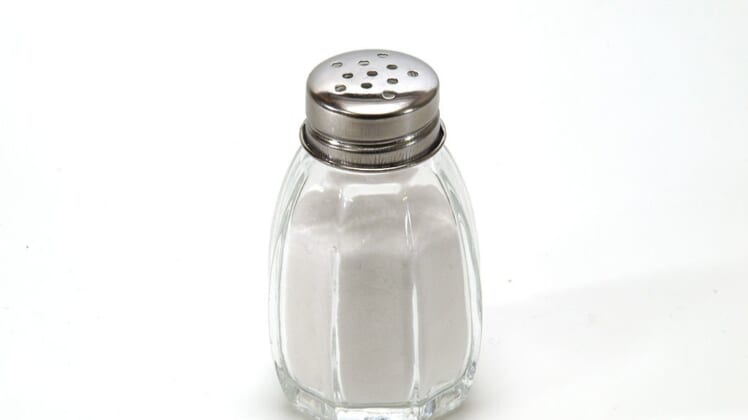
Salt is America’s favorite condiment. The average American consumes 3,300 milligrams of salt daily – two times more than the recommended daily intake, according to the American Heart Association (AHA). Recently, the AHA has revised the guidelines for salt intake to include even the healthiest Americans.
The Impact Of Salt On People?
The results of multiple studies seeking to determine just how much impact salt has on the human body are mixed. Scientists have linked a decrease in salt intake to an increased risk of heart disease, while many other studies have concluded the reigning theory – high sodium diets raise blood pressure and contribute to your risk of cardiovascular disease.
In a previous statement, the AHA took a stance against certain researchers and their studies suggesting that reduced sodium intake is linked to an increased risk of heart disease. The author of the AHA review, Paul K. Whelton, M.D., M.Sc., a professor at the Tulane University School of Public Health and Tropical Medicine told Men’s Health magazine, “the very people who have cardiac events are people who are under doctors’ orders to reduce their salt intake. It’s like looking at lung cancer patients who quit smoking and blaming the disease on the fact that they quit.”
In the statement, the group affirmed their recommendation of no more than 1,500 milligrams of salt daily and made mentioned that it is an equally important practice for healthy individuals –even if you are not at risk for heart disease.
Also Read: The Truth About Healthy Cooking Oils
Risk Of High Blood Pressure
Everyone is at risk for high blood pressure and, most, if not all Americans will suffer from high blood pressure at some point in their lives. Excess sodium can cause the filtering system of the kidneys to wear out and lead to build-up in the blood, which leads to clogged arteries.
With age, the efficacy of the body tends to slowly fail, causing a rise in blood pressure late in life – that is, if you are cautious in your younger years. A high fat, high sodium diet can speed up the process and lead to high blood pressure and other heart disease risk factors at a very young age.
Reducing Your Sodium Intake
Reducing your sodium intake is not as simple as, unfortunately, it sounds. Throwing out your salt shaker is a good start, but you will have to implement a few more strategies to fully cut back sodium in your diet.
It is estimated that 80 percent of the sodium in your diet is sourced from restaurant meals and processed or prepackaged foods. Salt is cheap and effective for enhancing flavors and preserving foods long-term.
If you want to really cut sodium from your diet, stick to whole, fresh foods and choose alternative herbs and spices for enhancing the flavor.
Also Read: 8 Easy Ways to Prevent Getting Sick This Summer
7 Foods That Hide Sodium And Put You At Risk
1. Cheese
Some of the most delicious cheeses, like parmesan, are loaded with sodium. Just half a cup of parmesan has more than 800 milligrams of sodium. Opt for cheeses lower in sodium and fat, like low-fat Swiss, which bring the count down to 296 milligrams per half-cup.
Canned foods
Many companies are now making low sodium canned foods, but canned is no replacement for fresh – even frozen is a better choice. Canned green beans stock as much as 400 milligrams of sodium per half-cup.
Cold cereals
Beware of Cheerios. They may claim to lower cholesterol, but this popular cereal contains more than 200 milligrams of sodium per cup – more than 20 Lay’s potato chips.
Blended coffee drinks
If you love a Frappuccino in the summertime, you will be devastated to learn that a Grande Coffee Frappuccino from Starbucks has 220 milligrams of sodium, opt for an iced tea green tea to cut sodium to zero and gain valuable antioxidants that will rev up your metabolism and defeat disease-causing inflammation.
Bagels
Bagels may be favorite on-the-go breakfast food, but it is not an optimal choice for a healthy diet. Bagels are loaded with sodium – one plain bagel has 500 milligrams of sodium. Choose an English muffin instead, which not only packs less sodium – just 180 milligrams – but it will save you some carbs and calories too.
Turkey bacon
Just three slices of cooked turkey bacon have 1,142 milligrams of sodium – almost a full day’s worth.
Capers
These additives may make your pasta dish superior, but they will also make it a bit of a health risk. One-fourth cup of capers is 1,482 milligrams of sodium. Add canned olives instead, one-fourth cup is 360 milligrams.

